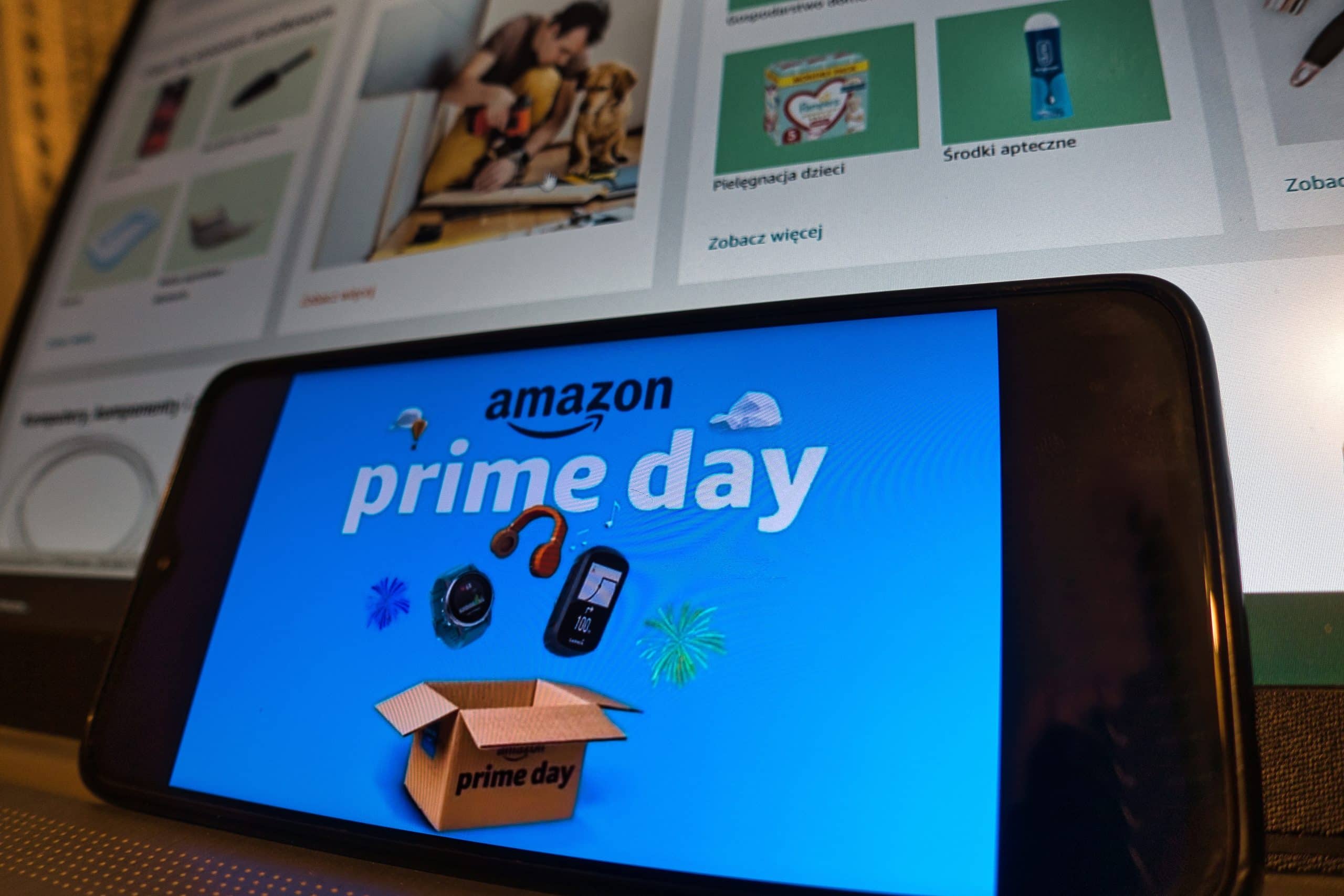Table of Contents
- What Is a Marketing Budget?
- Key Components of a Marketing Budget
- How Much Do B2Bs Allocate to Marketing Budgets? (Industry Benchmarks)
- Why You Need a Marketing Budget as an SMB
- Factors to Consider for Your SMB’s Digital Marketing Budget
- How to Spend Efficiently on Performance Marketing to Meet Your Budget
- How to Create Your Digital Marketing Budget
- Key Takeaways
- Frequently Asked Questions (FAQs)
Running a small business means you likely oversee every aspect of the company, even with a team under you. Managing your marketing budget with precision is essential when you’re working with limited resources — every dollar counts!
What Is a Marketing Budget?
A marketing budget is a detailed plan that shows how money is being allocated to all your different marketing activities within a certain timeframe (e.g., annually or quarterly). It includes any and all expenses involved with promoting products or services, building brand awareness, generating leads or sales, etc.
Key Components of a Marketing Budget
These are the key areas where marketing budgets tend to be allocated:
- Advertising costs.
- Content.
- PR.
- Social media.
- Email marketing.
- SEO and SEM.
- Events and sponsorships.
- Marketing tech stack.
- Research.
- Business-related expenses, such as staff costs.
How Much Do B2Bs Allocate to Marketing Budgets? (Industry Benchmarks)
Companies typically determine their marketing budgets as a percentage of their revenue, growing or shrinking this figure as appropriate, based on the specific marketing goals they have in mind. The exact percentage varies depending on factors such as industry, company size, and growth stage, but B2Bs generally spend an average of 8% of their revenue on marketing.
Why You Need a Marketing Budget as an SMB
The ability to plan more effectively and allocate resources efficiently is always necessary when running a small to medium-sized business (SMB), but in times of economic uncertainty, this need is only increased. Reports from Deloitte suggest that in late 2024, marketing budgets as a total percentage of company operating budgets continued to fall.
Marketers at companies of all sizes continue to face pressure to justify the budgets they’re asking for, so creating a marketing budget is the best way to both track current spending and effectively plan ahead. It also helps teams determine the return on investment (ROI) of marketing efforts and assess which areas could be improved.
Budgets also help create accountability and provide structure for the team. With clear data to analyze performance, businesses are more likely to reach their goals and ensure you’re getting the most out of every dollar spent.
Spending your marketing budget wisely isn’t only about saving money, though: It’s about working as efficiently as possible to generate the results you’re looking for by investing in the right strategies for your business.
Factors to Consider for Your SMB’s Digital Marketing Budget
Goals and Objectives
Being clear and upfront about what you want to achieve this year is the first step to creating an efficient marketing budget. These goals will provide you with a roadmap and clear direction, so they should be as specific and measurable as possible. This will then help you determine which parts of the marketing strategy may need more financial support in order to help you achieve those goals.
For example, a business looking to expand online advertising this year to reach new audiences will likely want to put a larger percentage of the budget to these channels. Compare costs from previous outreach methods, like direct mailers, versus projected ROI of digital advertising and the expanded reach this could bring.
Target Audience
Understanding exactly who you want to market to is critical in ensuring that you’re not wasting your dollars on advertising to an irrelevant audience who will, ultimately, not become paying customers of your business. Do your research upfront on who your key audiences are, along with the types of people that your closest competitors are targeting.
It’s also important to remember that while you may have a specific target audience, not every member of that audience will act the same. In most cases, you’ll likely have more than one target audience, which will mean using different marketing channels and tactics to appeal to them.
Results Tracking and Attribution
Tying your marketing efforts to tangible revenue for the business is vital for ensuring that you have marketing budget support moving forward. Being able to identify where customers have come from, both as a first touchpoint and as part of a wider marketing and sales journey, can be a challenge, but isn’t impossible.
Consider where customers are at each point in your sales funnel and tailor both your strategy and budget accordingly. Remember that not every marketing channel will generate immediate ROI, but these channels should still be attributed where possible to demonstrate their impact.
For instance, a digital display ad on social media may not lead to a sale straight away. But this could help build brand awareness that several days or weeks later leads a new customer to visit your website directly and make a purchase. It would be easy to attribute that sale to a direct website visit only, without considering the digital ad at all (which would then appear to be a negative ROI for the ad spend). But when all stages of the process are taken into account, a more accurate representation for ROI is achievable.
How to Spend Efficiently on Performance Marketing to Meet Your Budget
Scaling Beyond Search and Social
While search and social media have continued to provide small to medium businesses with a launchpad to growth, these channels are no longer performing in the same way they once were. As the digital landscape continues to change, businesses must shift their mindset toward paid campaigns that can be run at scale, without overspending.
Diminishing returns continue to be a challenge in paid advertising, particularly on social media, where audiences are quickly becoming fatigued with seeing the same ads and brands repeatedly. Not only does this lower the effectiveness of the ads in generating revenue over time, it can also damage brand reputation over time.
Instead, advertising tools that focus on scalable solutions, like repurposing creative assets you already own and targeting the audiences you’re most interested in, are the best way forward. AI tools that focus on user intent rather than simply user identity (i.e., predicting what users want based on their actions on the site, rather than information like their age, location, etc.) will help you find the most likely audience to commit to a purchase. This will significantly reduce wasted marketing spend by focusing your budget on areas with the highest chance of success.
Prioritizing High-Performance Channels
Focusing your attention on the channels that provide the best results seems like an obvious solution to managing your marketing budget, but many businesses still operate on a “this is what we’ve always done” mentality.
Think bigger picture in terms of your marketing goals and objectives, before narrowing in on the channels that make the most sense for your business. Over time, you’ll likely find a mix that works for you, as you gather data and can assess what’s working well.
Using Automation to Your Advantage
With many tools now integrating artificial intelligence (AI) into their advertising software, you’re able to more effectively set up and run campaigns for less time and money. While there is some initial investment in using these tools, the money they can save will pay off in no time as revenue from digital advertising increases.
Many of these tools offer options that help you with campaign setup, guiding you toward optimal audience targeting and helping you run A/B tests on creative. From there, you can set automated budget allocations and bidding strategies to optimize your budget more efficiently.
How to Create Your Digital Marketing Budget
Review Previous Spending and Budgets
Gathering data as soon as possible should be a top priority for any marketer. Knowing what money was spent on which marketing channels and being able to attribute results to these means that, when it comes to making a new budget, there’s historical information to compare against.
Before creating any new marketing budget, take time to review the previous quarter or year of spending and how this aligns with the allocated budget for that time period. Look at which channels have been most successful, which have generated the greatest ROI, and also those where expectations were not met.
Break Down Spending By Channel
On average, most companies will spend around 7-10% of their annual revenue on their marketing budget for the year. However, this will vary based on the size of the company and the growth goals you have in mind. For instance, more aggressive or high growth businesses can invest as much as 30% of their projected revenue on marketing — this is particularly common for startups.
Once the overall marketing budget has been determined, this should be allocated to each marketing channel according to previous budgets, success metrics for each channel, and objectives or goals for the coming year. Paid advertising may take up 10-20% of the marketing budget in a stable year, while businesses actively looking to grow may increase this to 30-40%.
It’s also important to remember to budget for areas outside of digital and traditional marketing. PR and events may need to be accounted for in this budget, along with the tools and software you might need to run your digital marketing more efficiently.
Determine the Tools You Want to Use
It’s easy to get carried away with spending your budget on tools that will help you run campaigns and manage your marketing overall. But, there’s a fine line between using these tools to your advantage and overspending on technology that you’re not using that often, or to the extent that it provides a significant ROI.
Analytics tools, automation platforms, and even customer relationship management (CRM) software will all come out of the marketing budget, so it’s vital to use only those that are proving their value in both time and money. Always be looking for more cost-effective ways to manage this information and automate elements of your marketing.
Tools like Google Analytics and Search Console are free to use, while others, like social scheduling platforms or dedicated performance marketing tools, will come with a fee, but also provide extensive technological resources that could save money long term.
Monitor and Test Regularly
Ongoing monitoring is one of the most effective ways to manage your marketing budget more efficiently, particularly once campaigns are running. No marketing channel should be considered “set and forget:” Instead, advertising campaigns and social media marketing should be tested regularly for better performance.
Running A/B tests on copy, ad creative, and even target audiences can help you find new avenues for growth while saving money by lowering cost-per-acquisition, cost-per-click, and increasing return on ad spend (ROAS).
Key Takeaways
Creating and managing a marketing budget is vital for small to medium businesses when it comes to their success. By setting clear goals upfront, understanding your target audience, and focusing on high-performance, high-return channels, you can use your marketing budget more efficiently to save money while also generating increased return on investment.
Not only is a marketing budget essential for keeping business spending on track, but a well-structured and clearly planned budget empowers your marketing team to make more informed decisions about their work, and make choices that contribute to the overall growth of the organization.
Frequently Asked Questions (FAQs)
What is the 70/20/10 rule for marketing budgets?
The 70/20/10 rule has marketing teams break down their budgets as follows:
- 70% allocated to proven strategies with consistent results.
- 20% allocated to new tactics with growth potential.
- 10% allocated to experimental marketing strategies.
What is a good marketing budget for a small company?
Every company will have a different dollar amount that they’re willing and able to allocate toward marketing. But for most businesses, a budget of around 7-10% of your annual projected revenue is a good place to start.
What are the four elements of a marketing budget?
There are four key elements to keep in mind when building a marketing budget. These are:
- People: This part of the budget should be allocated for working with external marketing support such as consultants, freelancers, or agencies.
- Tools: Any software that needs to be used for marketing purposes should be allocated here.
- Campaigns: Most costs will likely fall into this part of the marketing budget, as this is allocated to running the actual marketing campaigns you plan to create. This includes the creation of any new content, running paid ads, or other marketing tactic expenses.
- Contingencies: There should always be some money left in the budget for unexpected expenses that come up throughout the year (like money for new audience targeting, an event, or relaunching a product).
Does a marketing budget include salary?
For some companies, the marketing budget can include the salary for marketing staff, although this is not always the case. Some businesses prefer to exclude this from the marketing budget and consider the marketing team as part of the general employee budget. This then leaves the marketing budget solely for the work created and tools used, rather than the internal staff members working on those efforts.



